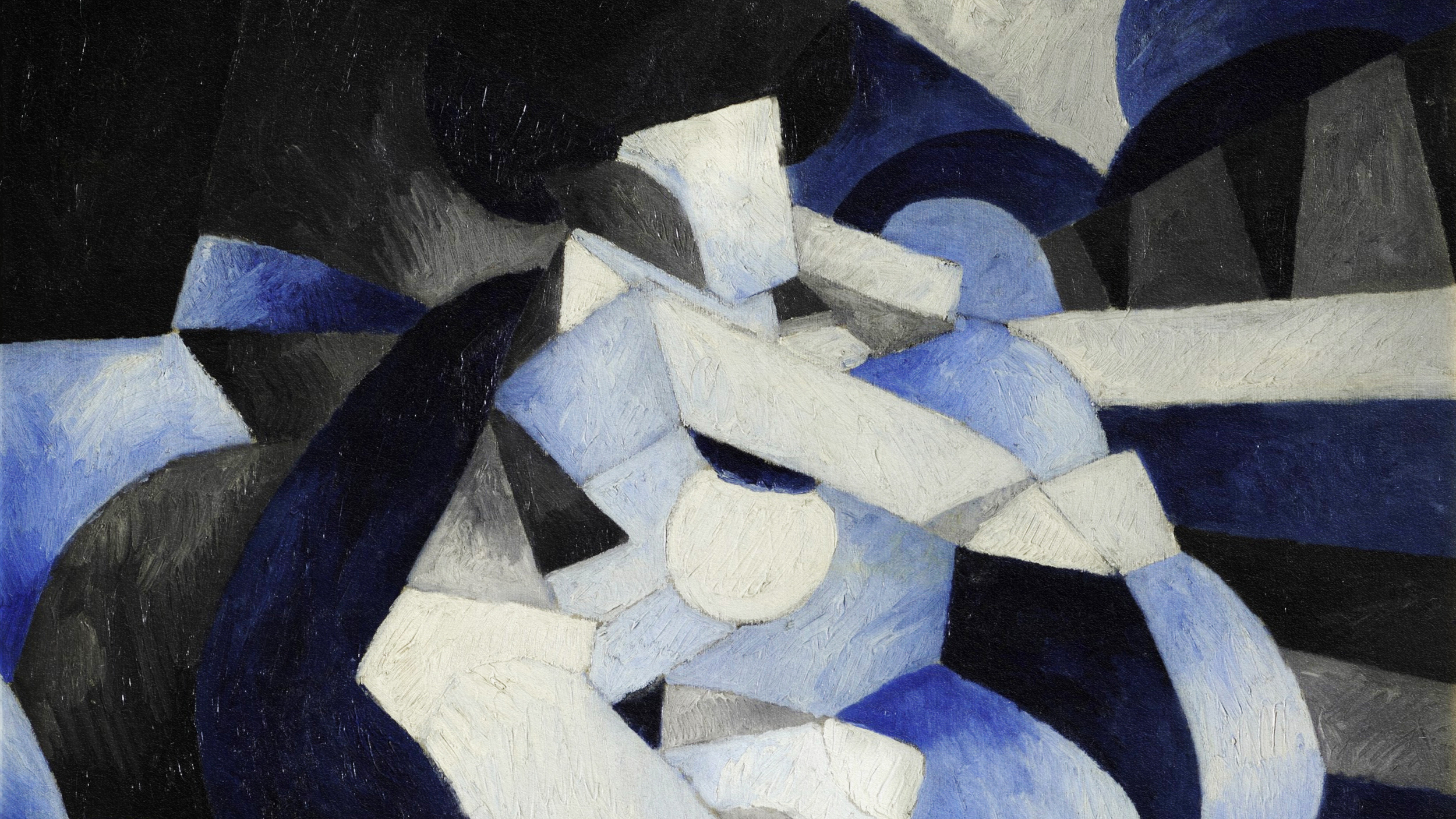In quantum entanglement first, scientists link distant large objects

Credit: Niels Bohr Institute
Scientists entangled two large quantum objects, both at different locations from each other, in a quantum mechanics first. The feat is a step towards practical application of a rather counterintuitive phenomenon and was accomplished by a team from the Niels Bohr Institute at the University of Copenhagen.
Entanglement is the magical-sounding concept, dubbed “spooky action at a distance” by Einstein. It involves a link is made between two objects that can make them behave like one. This technique is of paramount importance to quantum communication and quantum sensing, explained the University’s press release.
The researchers, led by Professor Eugene Polzik, used light particles photons to create an entanglement between a mechanical oscillator (“a vibrating dielectric membrane”) and a cloud of atoms, with each acting like a tiny magnet or “spin”. They picked these particular objects because atoms can be made to process quantum information while the membrane can store that information.
“With this new technique, we are on route to pushing the boundaries of the possibilities of entanglement,” stated professor Polzik. “The bigger the objects, the further apart they are, the more disparate they are, the more interesting entanglement becomes from both fundamental and applied perspectives. With the new result, entanglement between very different objects has become possible.”
By entangling the systems, the scientists made them move in correlation with each other. If one object went left, so did the other.
The achievement can pave the way to new sensing technologies. One example would be getting rid of noisy fluctuations currently affecting the Laser Interferometer Gravitational-wave Observatory (LIGO), which detects gravity waves. If the researchers were able to take information from one system and apply it in another, they could get more precise readings.
Space is dead: A challenge to the standard model of quantum mechanics | Lee Smolin | Big Thinkwww.youtube.com
While the new technology is promising, research into creating useable devices based on quantum mechanics is very challenging, as explained by Ph.D. student Christoffer Østfeldt:
“Imagine the different ways of realizing quantum states as a kind of zoo of different realities or situations with very different qualities and potentials,” he shared.
If one was to try to make a device using quantum states that would all have different functions, “it will be necessary to invent a language they are all able to speak. The quantum states need to be able to communicate, for us to use the full potential of the device. That’s what this entanglement between two elements in the zoo has shown we are now capable of,” Østfeldt added.
Check out the new study in Nature Physics.





